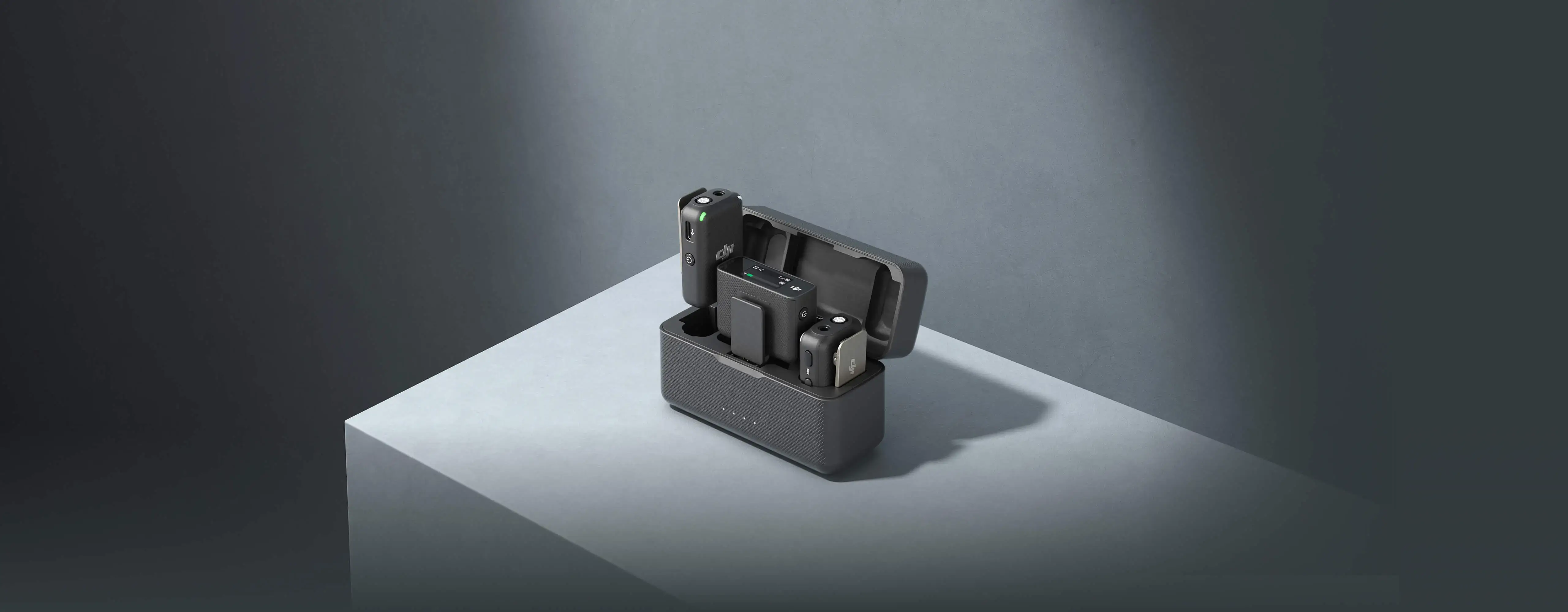
Aerosmart UAV Trading L.L.C. is a tech company that specialises in drones and solutions in the UAE and across the GCC.
Our Office
Office 203, Al Tayer Commercial Building,Rolla Street, Bur Dubai, UAE
Phone:+97142238380
Email:sales@aerosmart.ae

Industrial projects need smart tools for inspecting gas safety and monitoring gas emissions to ensure the environmental safety of a place. Risks from methane, carbon monoxide, or other gases are hazardous, especially in chemical manufacturing, the oil and gas industry, and others. It needs robust and efficient gas detection and monitoring methods that can ensure the complete safety of an industrial area.
The integration of DJI Matrice 350 RTK and Sniffer4D works well, and so it is used in various applications. It helps create an effective gas sensing solution that revolutionises gas safety checking methods in various industries.
DJI drones are transforming the oil and gas industry with their high-end monitoring and detection capacities. From precise management to gas safety to leakage detection. It can change the ways operations are conducted and help with safety compliance. Drone integration systems offer significant help in the gas and oil industry:
DJI Matrice 350 RTK is a flagship drone, a powerhouse that is available across a variety of applications. Professionals can help precise results when used in mapping or surveying work, gas monitoring and inspection, or thermal inspections. The camera specifications and transmission capacities make it suitable for gas monitoring over a large area in a short time, unlike its traditional methods.
Often, customised payloads are used with this drone to work as gas detectors and multispectral sensors. These can be easily integrated with DJI Matrice 350 RTK through proper payload configuration and expand its application across other fields.
Gas leakage or similar problems that may otherwise go undetected by the human eye are better detected and monitored with DJI Matrice 350 RTK. This drone series can be used with various payloads as per the needs of a mission. Also, it allows for ease of changing the payloads that help work on projects that need detailed analysis and precision of final results.
So, pair it with cameras or sensors, allowing the inspection team with the following:
So, with the right software and payload integration, it helps with excellent data analysis and data collection, facilitating the workflow effectively. The drone has a gas sensor that quickly detects and helps with visual inspection. The data helps pinpoint the loopholes and work on them for adequate maintenance.
The Sniffer 4D drone series helps with gas detection and mapping systems. The drone has a sensor that exclusively detects methane. In case of hazardous incidents or leakage of oil or gas in factories, such drone systems are feasible for use for quick gas detection. It helps with effective live visualisation and easy and efficient data sampling, and it facilitates quick sample collection and subsequent reports creation.
The Sniffer 4D stands out as a premier gas and oil detection tool due to its multi-gas sensing capacities. Moreover, it is lightweight and offers real-time data for accurate visualisation. The compact designs allow seamless integration with DJI Matrice 350 RTK. Therefore, it allows precise aerial monitoring of hazardous gas outbreaks involving poisonous gases. This is how the tool is essential to ensure environmental safety and check for gas leakage and presence in large concentrations.
Integrating DJI Matrice 350 RTK with Sniffer 4D is a robust setup that can detect up to nine gas simultaneously. It is due to the high sensitivity of Sniffer 4D, and it offers quick response, allowing the detection team to take quick actions for safety and prevent the outbreak as quickly and efficiently as possible.
As oil and gas industries prioritise safety and ensure regulatory compliance, such advanced integrated drone systems offer cutting-edge solutions. It is tailored for high-stakes industrial applications, ensuring ease of monitoring and worker safety.
Drones help in asset inspection workflow with a plethora of benefits and are ideal for use when flying in tough or harsh conditions in Dubai. The benefits of using such drones are:
However, it depends on the drone’s capabilities to use it for in-depth asset tracking and gas safety and inspection purposes. This is how the perfect drone integration with a robust hardware setup makes it suitable across various applications. The oil and gas industry are thriving in the UAE, and there are prospects for drones in inspection and monitoring tasks. Asset monitoring offers real-time tracking results, reducing manual inspection and increasing safety.
The integration of DJI Matrice 350 RTK and Sniffer4D is precise drone technology for achieving real-time gas detection in hazardous environments. The benefits of the system in gas safety are:
In case of emergency monitoring or ensuring leakage and space safety, this drone integration system is the best to deploy. Experts can help navigate through the complex process of the complete workflow with ease of detection and asset monitoring. The integration proves to be a powerful tool to detect, monitor and respond to critical situations. This is how it can minimise risks and safeguard both the workforce and the environment.
If you are looking for safe and efficient solutions, invest in the latest drone technology that helps with multi-gas detection. This is possible due to the various payloads that are required by a drone system. So, from aerial mapping to monitoring workflow, DJI drones have plenty of uses across various industries. This is leading to the increasing demand for its implementation in commercial and industrial projects.